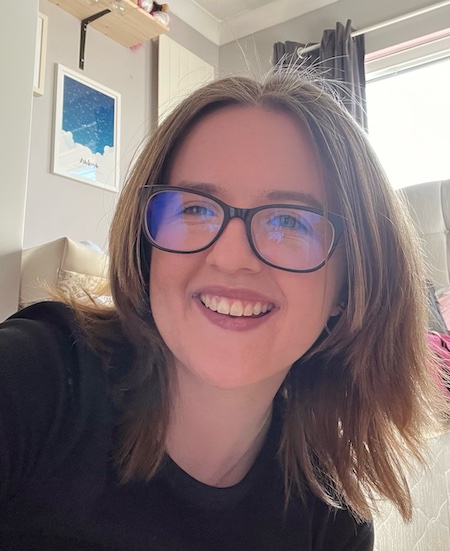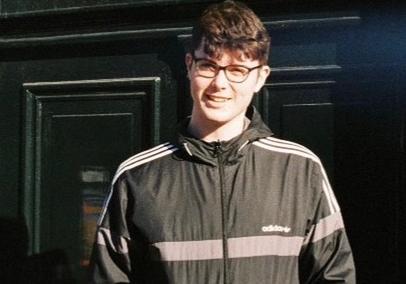HHIT Series Episode 7: Precision oncology and developing ‘digital twins’ of cancer patients, with Walter Kolch
On September 19th, 2023, host Professor Patricia Maguire welcomed Professor Walter Kolch, Director of Systems Biology Ireland, onto the Human Health, Impact and Technology [HHIT] series. He spoke about how his ‘digital twins’ research aims to mitigate side effects of cancer treatment.
Systems Biology Ireland
Systems Biology Ireland (SBI) in UCD investigates new therapeutic approaches to disease, with a focus on cancer at a systems level. It is one of Europe’s larger research centres with a focus on childhood cancer.
Kolch says having both ‘wet’ labs, where biological experiments are carried out, and ‘dry’ computation labs is “a big advantage”.
He says SBI emerged in response to the abundance of biological data shifting the focus from data generation to data interpretation. Now the centre aims to create ‘digital twins’ of cancer patients, allowing in-silico simulations of tumour development, progression, metastasis, therapy responses and system interactions.
The long-term goal is to optimise individualised cancer treatments by using computer simulations to tailor therapy for each patient, providing the most effective and personalised care.
Digital Twins
The concept of ‘digital twins’ was initially derived from engineering for designing complex machinery. Now it is being adapted for medical purposes, particularly in cancer treatment. But the real-time monitoring that happens in engineering is not feasible in healthcare. Instead, the long-term vision is to continuously update digital twin models with patient data over time. This will allow the model to learn and adapt as the patient progresses through their medical journey. Integrating this into clinical routines remains a challenge but there is hope for its eventual adoption and implementation.
Crumlin Children's Hospital Study
Childhood cancer treatment is highly effective, with cure rates approaching 90%. But giving genotoxic chemotherapy to babies and young children comes at a “high cost”, says Kolch. Side effects, both during treatment and long-term, can be severe and include secondary tumours, hearing loss and infertility.
“The big challenge is maintaining the high cure rates while reducing the toxicities.”
Digital twin technology is being employed to predict and mitigate potential side effects by tailoring therapies to individual patients.
Now SBI is collaborating with colleagues in Crumlin Children’s Hospital on a clinical study using genome sequencing alongside the development of digital twin models. Real-time monitoring of patients will help refine and validate the accuracy of these models.
“Hopefully in three, four or five years time, this will actually be a tool that clinicians can use.”
Relapse
Kolch is “very interested” in the possibility of predicting risk and location of metastases because “This is what patients die from”.
But SBI’s current modelling efforts focus on understanding mechanisms of resistance and relapse rather than predicting the exact locations of metastases, which would require more comprehensive data than is currently available. More longitudinal data is also needed to model in detail what a relapse might look like.
“At the moment we are looking at a photograph and trying to make a movie out of it.”
Knowledge Graphs
To enhance the accuracy and completeness of cancer modelling, a combination of various data types is crucial. This includes gene expression and genome sequencing data as a minimum requirement, along with proteomics and metabolomics data. Incorporating clinical history and existing biomedical knowledge in the form of knowledge graphs can further enrich and inform the modelling process, allowing for a more comprehensive and robust approach to understanding cancer.
Visualisation
Visualisation plays a crucial role in making the abstract and complex nature of digital twin models understandable to humans.
“If you look at what drives these digital twins, it's very abstract. These are mathematical equations, fairly complicated ones. And in order to actually make it palatable for a human mind, you need to visualise these complex things.”
Kolch hopes patients will eventually have access to an app-like interface where they can visualise the effects of their treatment, such as tumour shrinkage or growth, in real time. He says collaboration with companies is essential to achieve this goal.
Visualisations can also be powerful tools for motivating patients to make lifestyle changes that could benefit their health.
“If I show you a number it probably won’t have a big impact. But if you can see your weight going up and down, your blood sugar levels going up and down, your blood vessels clogging up, then it’s probably going to be much more effective.”

